China is only the 2nd nation to successfully soft-land on Mars.
China has released the first photographs taken by its Zhurong rover, which touched down on Mars late on Friday (May 14) as part of the country’s Tianwen-1 mission.
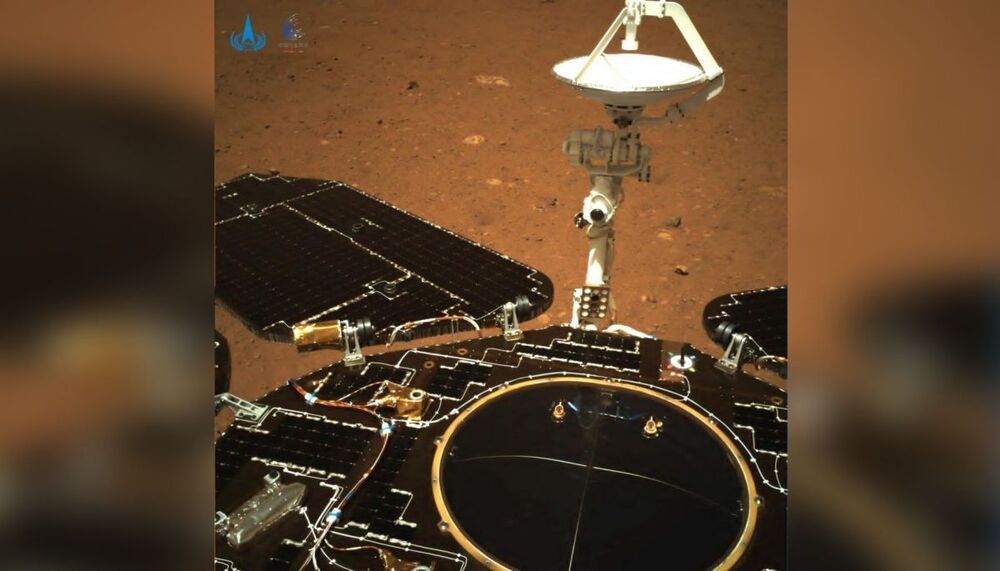

Register for free to the 2021 Space Renaissance Congress.
June 26 — 30 virtual on zoom+attendify+youtube.

Sorry, we’re having trouble playing this video.
Learn More.
South China Morning Post.
· MtanSrhypf 16on omasrot i1ro: eSada41o uAfaMSgt ·
China’s Mars rover Zhu Rong successfully landed on the red planet after “nine minutes of terror”.
Read the full report.
Only half of all attempts to land on the red planet have succeeded because of its challenging atmosphere.


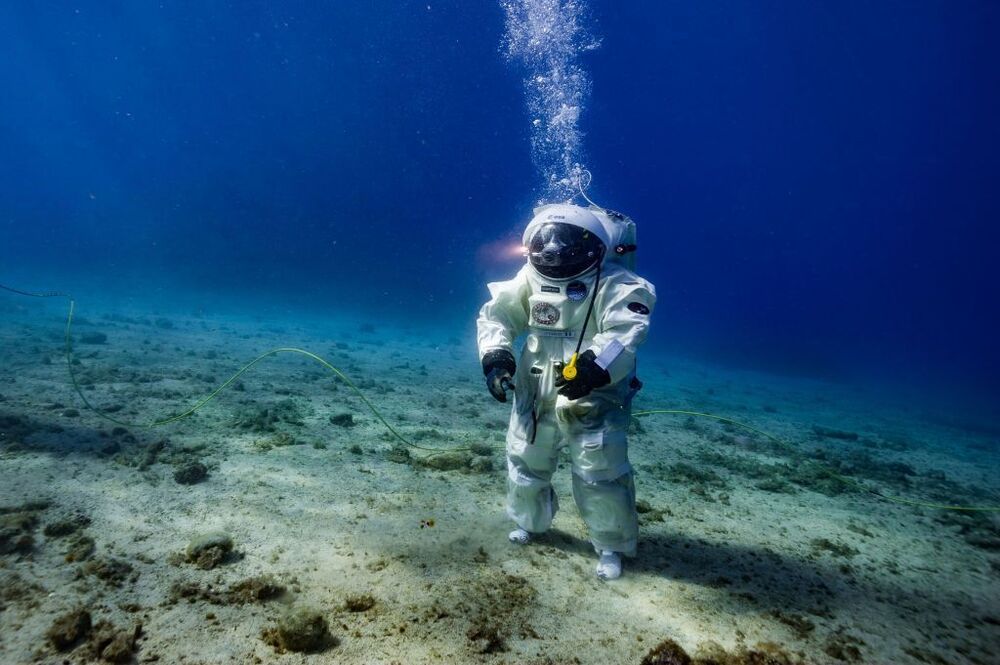
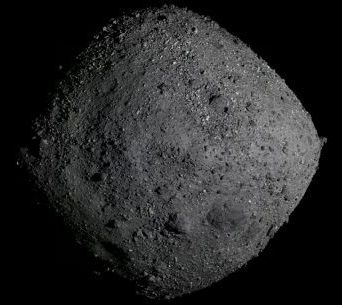
NASA Goddard
The most striking aspect of the approach—for our money, anyway—is the way Bennu feels like a small world; rather than just a 1600-foot-wide hunk of rock. There’s plenty of space on Bennu’s surface to jump around. And one could even leap off the surface, enter into orbit around the asteroid, and then touch back down. The space probe, in fact, captured rocks doing just that.
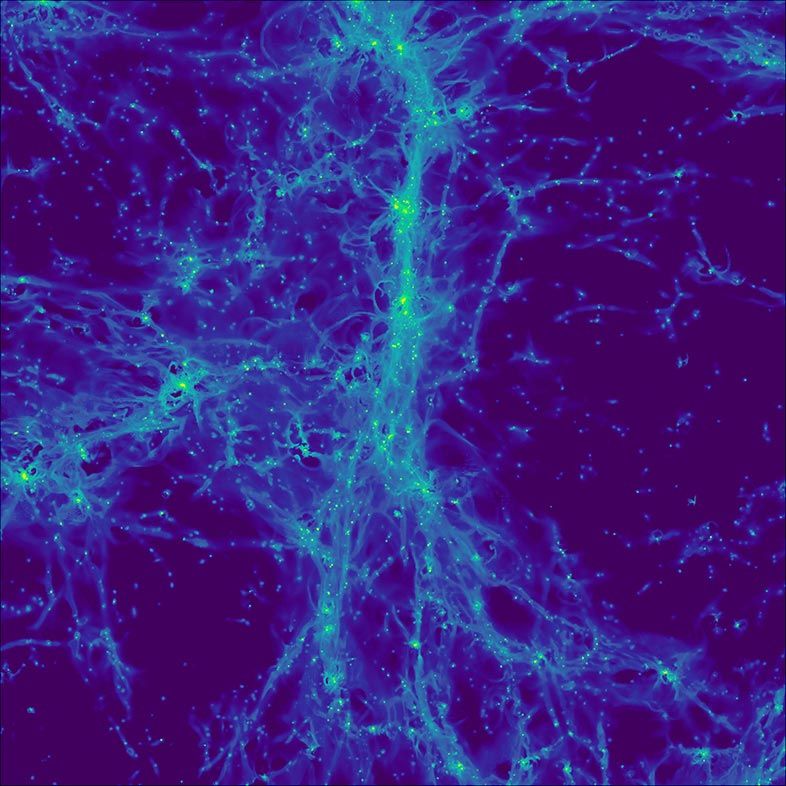
The team took the bold step of pointing ESO’s Very Large Telescope, equipped with the MUSE instrument coupled to the telescope’s adaptive optics system, at a single region of the sky for over 140 hours. Together, the two instruments form one of the most powerful systems in the world.[3] The region selected forms part of the Hubble Ultra-Deep Field, which was until now the deepest image of the cosmos ever obtained. However, Hubble has now been surpassed, since 40% of the galaxies discovered by MUSE have no counterpart in the Hubble images.
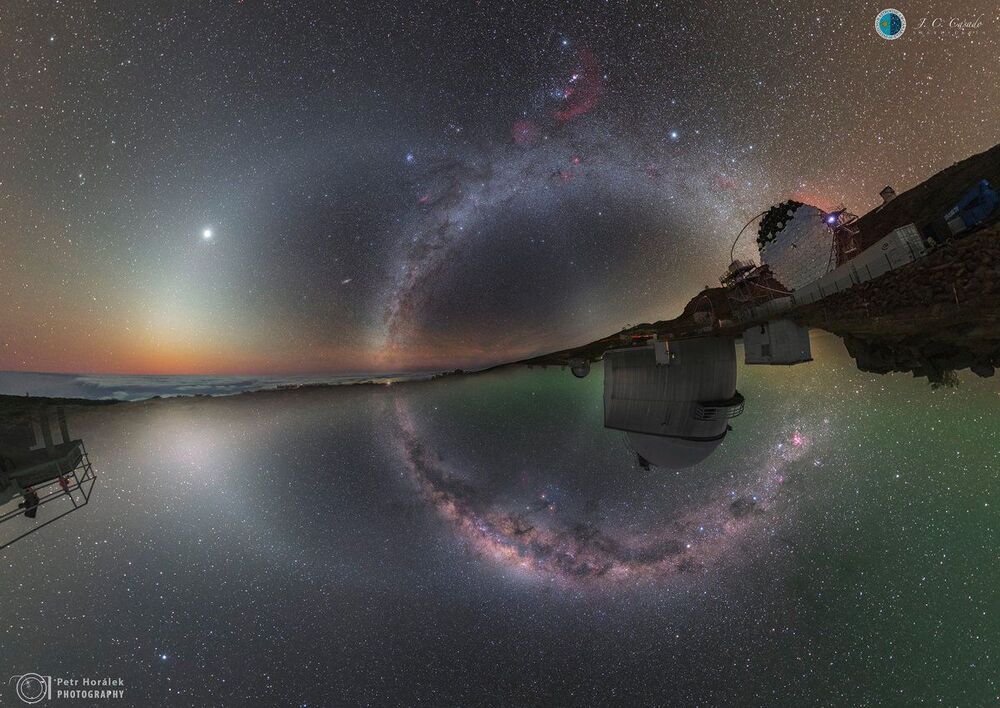
Universe Today.
Being able to look up at a clear, dark sky is becoming more and more rare in the rich world. Authors, artists, and even scientists have started to express concern about what our lack of daily exposure to a dark night time sky might mean for our psyche and our sense of place in the universe. Now a team has collected photometric data at 44 sites around the world in an attempt to quantify how dark the night sky actually is at different places on the globe. So where was the darkest place surveyed? The Canary Islands.
It just so happens that the lead researcher on the project, Dr. Miguel Alarcón is from that set of islands off the west coast of Africa. The paper he and his colleagues wrote, soon to be published in The Astronomical Journal, used a series of photometers, confusing called TESS (not to be confused with the Transiting Exoplanet Survey Satellite) to try to get a baseline of how dark the night sky is throughout the world.
The team collected 11 million points of data from places as far apart as Namibia, Australia, and the US. While this did not include some more popular astronomy spots, such as the highlands of Antarctica, it was a good sample of different conditions. As mentioned above, the Canary Islands had the lowest levels of background light of anywhere studied. Only about 2% of the light in the sky at night comes from artificial light at the Roque de los Muchachos Observatory in Garafia.
